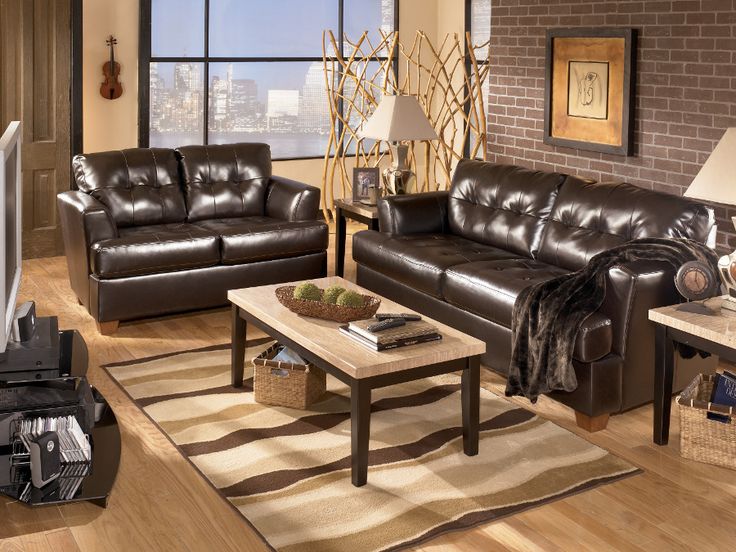When it comes to designing your home, the kitchen and dining room are two of the most important spaces. They are not only functional areas for cooking and eating, but they also serve as gathering places for family and friends. As such, it's important to create a cohesive and visually appealing look between these two rooms. But should your dining room match your kitchen? Let's explore the pros and cons.Matching Your Kitchen and Dining Room Decor
The key to creating a seamless transition between your kitchen and dining room is to coordinate the decor. This doesn't necessarily mean everything has to match exactly, but there should be a sense of continuity and harmony between the two spaces. Start by choosing a color scheme that works well in both rooms. This could be achieved by using complementary colors or sticking to a neutral palette. Whichever route you choose, make sure the colors flow well together and create a cohesive look.How to Coordinate Your Kitchen and Dining Room
One way to create a cohesive look between your kitchen and dining room is to use similar design elements. For example, if your kitchen has a farmhouse style, incorporate some rustic elements into your dining room as well. This could be in the form of a distressed wood dining table or vintage-inspired lighting. By using similar design elements, you can tie the two rooms together and create a seamless transition.Creating a Cohesive Look Between Your Kitchen and Dining Room
While it's not necessary for your kitchen and dining room to have the exact same color scheme, it is important to choose colors that complement each other. This will create a sense of flow and harmony between the two spaces. For example, if your kitchen has blue cabinets, consider using a similar shade in your dining room through accents like curtains or a rug. This will tie the two rooms together without being too matchy-matchy.Should Your Kitchen and Dining Room Have the Same Color Scheme?
If you have an open floor plan, designing a unified kitchen and dining room space is crucial. This means choosing furniture, colors, and decor that work well together and create a cohesive look. One way to achieve this is by using a similar style in both rooms. Whether it's modern, traditional, or eclectic, having a consistent style will bring a sense of unity to the space.Designing a Unified Kitchen and Dining Room Space
When it comes to choosing furniture for your kitchen and dining room, it's important to consider how the pieces will work together. For a cohesive look, choose furniture that complements each other in terms of style, color, and scale. This doesn't mean they have to match exactly, but they should have a similar aesthetic. For example, if your kitchen has a large farmhouse table, choose dining chairs that have a similar rustic feel.Tips for Choosing Complementary Kitchen and Dining Room Furniture
Coordinating your kitchen and dining room design is important because it creates a sense of flow and harmony in your home. When these two spaces are visually connected, it makes the entire area feel more cohesive. This is especially important if you have an open floor plan or the two rooms are connected in some way. By coordinating the design, you can create a seamless transition and make your home feel more put together.The Importance of Coordinating Your Kitchen and Dining Room Design
Another way to tie your kitchen and dining room together is through flooring. While it's not necessary for the flooring to be the same in both rooms, it should complement each other in terms of color and style. For example, if your kitchen has hardwood floors, consider using a similar wood finish in your dining room. This will create a sense of continuity and make the two spaces feel more connected.Matching Your Kitchen and Dining Room Flooring
In addition to furniture and color, accents can also play a role in tying your kitchen and dining room together. This could be in the form of artwork, lighting, or decorative pieces. For a cohesive look, choose accents that complement each other in terms of style and color. This will help create a seamless transition between the two rooms and make your home feel more unified.Using Accents to Tie Your Kitchen and Dining Room Together
While it's not necessary for your kitchen and dining room to have the exact same style, it's important to choose elements that work well together. This could mean using similar design styles, such as modern or traditional, or incorporating elements from one room into the other. For example, if your kitchen has a farmhouse sink, consider adding some rustic elements to your dining room to create a cohesive look. In conclusion, while it's not necessary for your kitchen and dining room to match exactly, there are benefits to creating a cohesive and visually appealing look between the two spaces. By coordinating your design choices, you can create a sense of harmony and flow in your home. Whether it's through color, furniture, or accents, make sure to choose elements that work well together and create a unified space.Should Your Kitchen and Dining Room Have the Same Style?
Why a Cohesive Design is Important for Your Home
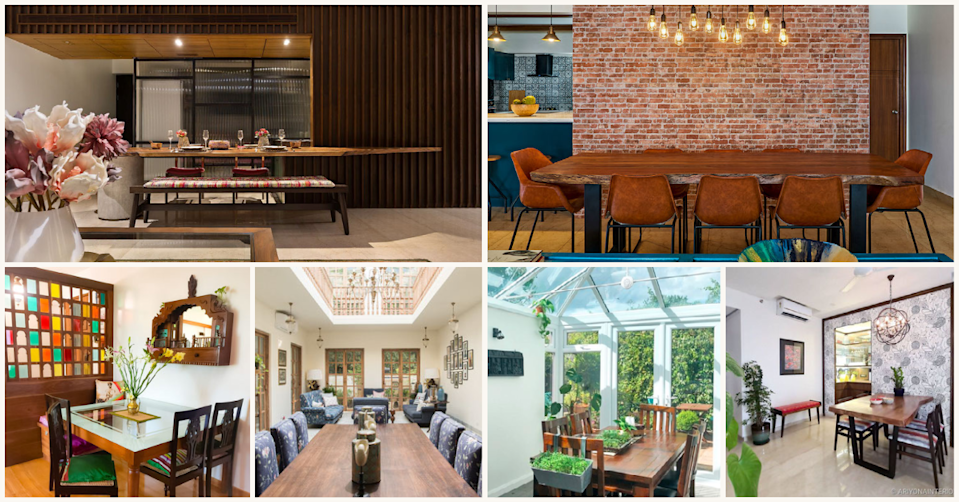
The Connection Between the Dining Room and Kitchen
 When it comes to designing your home, every room plays a crucial role in creating a cohesive and harmonious space. While the living room, bedroom, and bathroom may all have their own unique functions, the dining room and kitchen have a special relationship that cannot be ignored. These two areas are where meals are prepared and enjoyed, making them the heart of any home. With that in mind, it is important to consider whether your dining room should match your kitchen in terms of design and style.
When it comes to designing your home, every room plays a crucial role in creating a cohesive and harmonious space. While the living room, bedroom, and bathroom may all have their own unique functions, the dining room and kitchen have a special relationship that cannot be ignored. These two areas are where meals are prepared and enjoyed, making them the heart of any home. With that in mind, it is important to consider whether your dining room should match your kitchen in terms of design and style.
Creating a Sense of Flow
 One of the main reasons to consider matching your dining room and kitchen is to create a sense of flow and continuity throughout your home. When these two areas have different styles or colors, it can create a jarring effect, disrupting the overall flow and harmony of your space. By having a cohesive design between the two rooms, you can create a seamless transition from one area to the other, making your home feel more connected and inviting.
One of the main reasons to consider matching your dining room and kitchen is to create a sense of flow and continuity throughout your home. When these two areas have different styles or colors, it can create a jarring effect, disrupting the overall flow and harmony of your space. By having a cohesive design between the two rooms, you can create a seamless transition from one area to the other, making your home feel more connected and inviting.
Efficiency in Design
 Another benefit of having a matching dining room and kitchen is the efficiency it can bring to your home. With a similar design and color scheme, it becomes easier to coordinate and organize your space. For example, if you have a large open kitchen and dining area, having matching cabinets and countertops can create a streamlined look, making it easier to find and store items. This can also make meal preparation and clean up more efficient, as everything is within reach and visually cohesive.
Another benefit of having a matching dining room and kitchen is the efficiency it can bring to your home. With a similar design and color scheme, it becomes easier to coordinate and organize your space. For example, if you have a large open kitchen and dining area, having matching cabinets and countertops can create a streamlined look, making it easier to find and store items. This can also make meal preparation and clean up more efficient, as everything is within reach and visually cohesive.
The Impact on Home Value
 A cohesive design throughout your home, including the dining room and kitchen, can also have a positive impact on your home's value. When potential buyers are looking at homes, they often pay attention to the overall flow and design of the space. If your dining room and kitchen are mismatched, it can be a turnoff for buyers and potentially decrease the value of your home. On the other hand, a well-designed and coordinated space can increase the appeal and value of your home.
A cohesive design throughout your home, including the dining room and kitchen, can also have a positive impact on your home's value. When potential buyers are looking at homes, they often pay attention to the overall flow and design of the space. If your dining room and kitchen are mismatched, it can be a turnoff for buyers and potentially decrease the value of your home. On the other hand, a well-designed and coordinated space can increase the appeal and value of your home.
Personalization Within a Cohesive Design
 Some homeowners may be concerned that having a matching dining room and kitchen will limit their ability to personalize and add their own unique touches to each space. However, a cohesive design does not mean everything has to be identical. You can still incorporate your personal style and add pops of color or unique decor to make each area feel like its own. The key is to find a balance between cohesion and personalization.
Some homeowners may be concerned that having a matching dining room and kitchen will limit their ability to personalize and add their own unique touches to each space. However, a cohesive design does not mean everything has to be identical. You can still incorporate your personal style and add pops of color or unique decor to make each area feel like its own. The key is to find a balance between cohesion and personalization.
In Conclusion
 Ultimately, whether your dining room should match your kitchen is a personal choice. However, considering the benefits of a cohesive design, it is worth considering when designing your home. By creating a sense of flow, efficiency, and increasing the value of your home, matching your dining room and kitchen can bring many advantages to your space. So, when planning your home's design, be sure to think about the connection between these two important areas and how they can work together to create a beautiful and functional home.
Ultimately, whether your dining room should match your kitchen is a personal choice. However, considering the benefits of a cohesive design, it is worth considering when designing your home. By creating a sense of flow, efficiency, and increasing the value of your home, matching your dining room and kitchen can bring many advantages to your space. So, when planning your home's design, be sure to think about the connection between these two important areas and how they can work together to create a beautiful and functional home.









:max_bytes(150000):strip_icc()/201105-MV-CandaceMaryLongfellow_008-1-25517521e3604a32b7aa525246ec25db.jpg)





























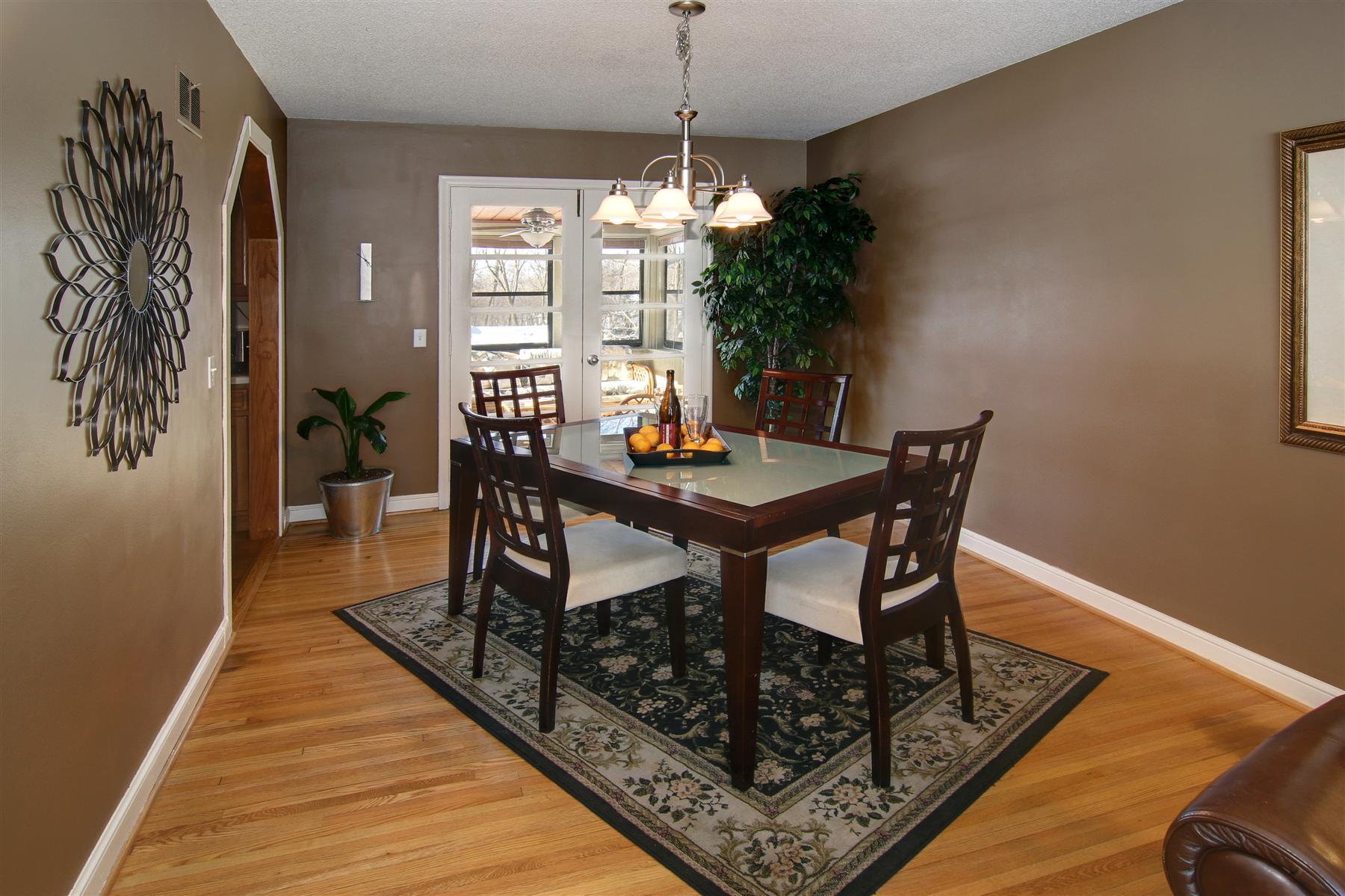



































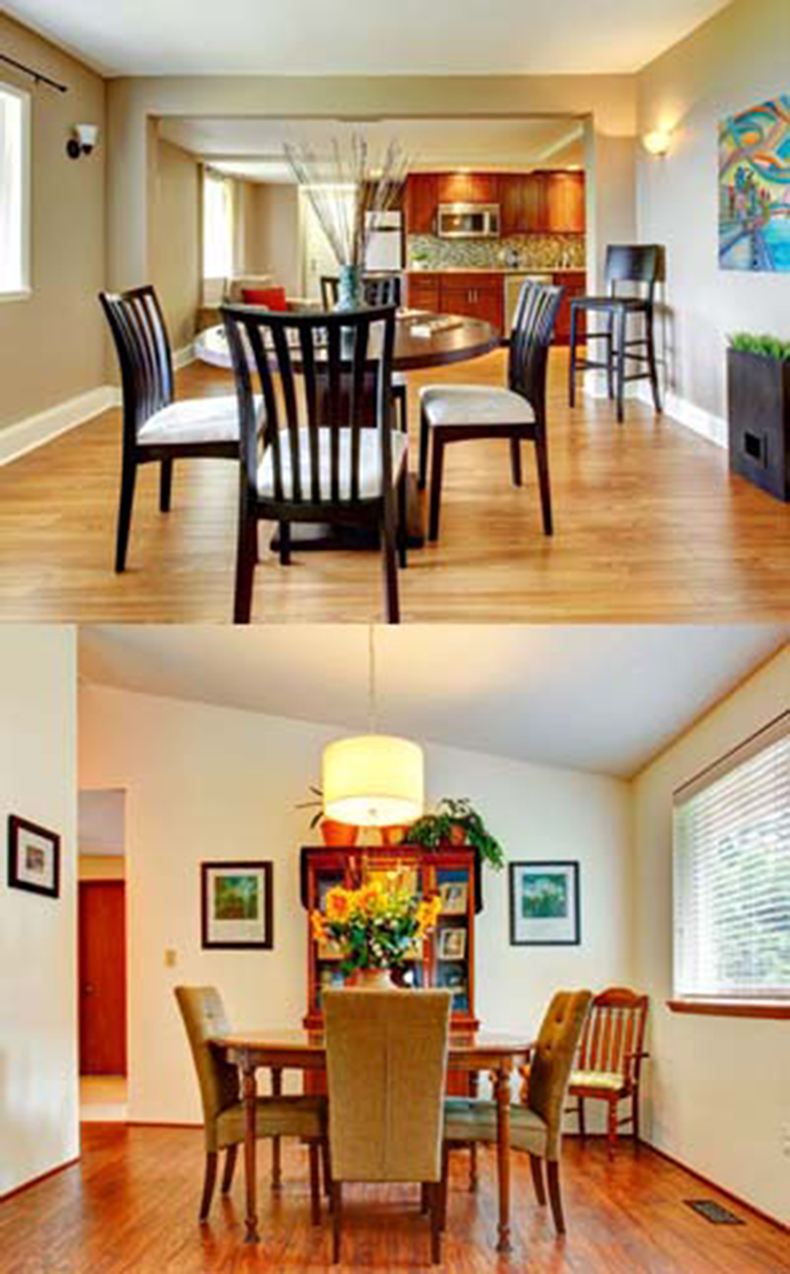






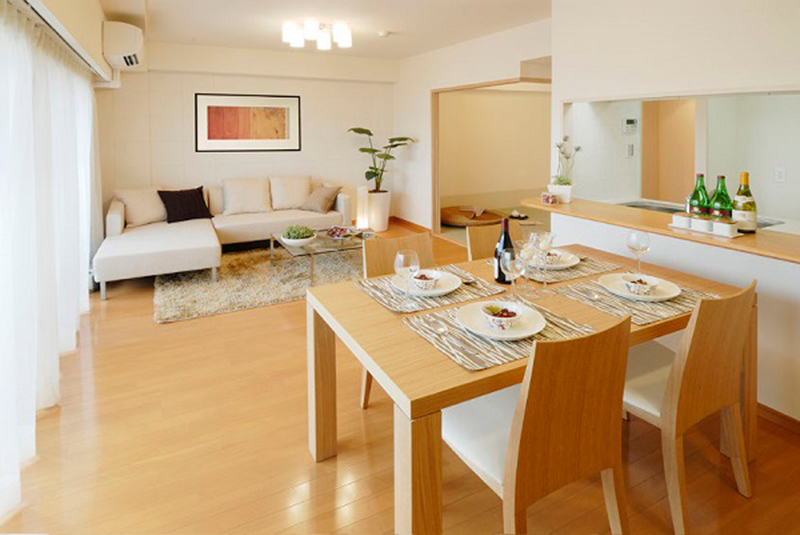










:max_bytes(150000):strip_icc()/open-kitchen-dining-area-35b508dc-8e7d35dc0db54ef1a6b6b6f8267a9102.jpg)






